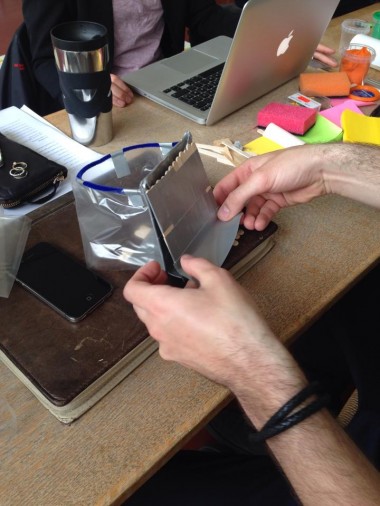A prototype is an unfinished and physical test version of a product, a service or a process and prototypes may be used in order to develop, test and communicate ideas and concepts.
Prototyping has several benefits:
- Prototyping provides the opportunity of developing and testing ideas in a tangible way.
- Prototyping makes it easier to unfold and test ideas during the early stages thus saves resources by testing ideas continuously before implementation
- Prototyping takes an iterative approach to idea development in which the students continually develop and change their ideas concurrently with the testing of prototypes. Prototypes can reveal aspects of the ideas that might not come to mind otherwise or be possible to describe with words.
- The method is very useful in terms of communication and collaboration within project teams and externally with stakeholders as the physical representation of the idea enables a common framework for understanding what the concept actually entails and the experience of it.


